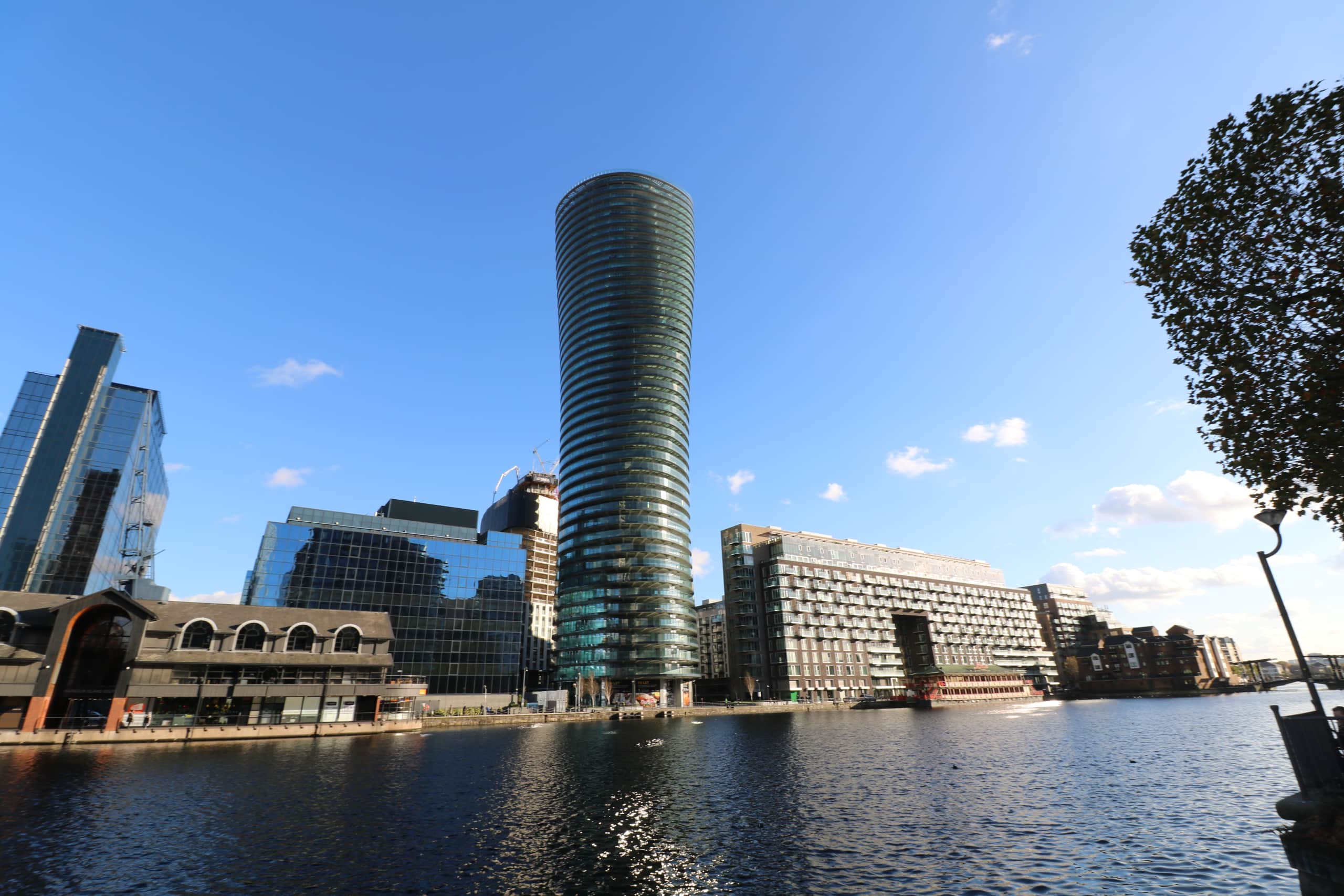Meeting the Fire Safety Challenge
Fire Safety is an essential yet complex area all builders must address. Many factors need to be considered for an overall assessment of how safe a building is and to adequately meet the fire safety challenge:
- The height of the building
- Installation of sprinklers
- Smoke detection
- Means of escape
- Flammability of building materials used
- Combination of exterior building materials with internal finishes
We asked Adrian Fennessy, Operations Director at Wates and Andrew Harrison, Director at Waterman Structures about how the new compliance changes were affecting construction and how they are running projects.
“Well, they’ve certainly slowed down the rate of development and are causing no end of problems finding the right solutions. Events such as Resibuild have been really really useful to get a wider understanding of other people’s considerations.”
“The industry is in a situation of flux, and I think we are all in the same predicament about trying to find products and answers to solutions. Great debate at the Shard with Sapphire at the forefront trying to innovate.”
The Grenfell Tower Fire on 14 June 2017 and the fires in the summer of 2019 brought to focus the importance of many issues that must be addressed, including the use of timber frames in buildings. If built correctly, timber-framed walls should be able to resist the spread of fire for up to one hour. If the cavity fire stopping measures are correctly installed, it shouldn’t spread to other apartments within a block. Standard practice is to build a cavity between a breather membrane over the frame, insulation and the composite concrete cladding material.
Poor quality workmanship adds to the vulnerability of timber frames and building control bodies must take care of the work done while buildings are being constructed. Research shows that incorrectly installed and even missing cavity barriers were a widespread issue. Efforts to improve the competence of the constructors would go a long way in preventing the spread of fires as well as address quality issues.
It is crucial to keep in mind that even ‘non-combustible’ material is still capable of burning, depending on which materials they interact with. In isolation, no material can be guaranteed to ensure a fire-safe building. The elements of the ventilated rain screen system, described as cladding could contribute to the risks of fire, particularly the use of polyethene-cored aluminium composite material panels on the building’s exterior.
Fire Safety Engineering
A new protection board will ensure fire safety risks in buildings are being addressed. In addition to the ban on combustible cladding materials for buildings over 18m in height, the government is looking to reduce the height for which buildings require sprinklers from 30m and above to 18m.
A consultation also proposes a requirement for better finding signage for fire and rescue services and fire evacuation alert systems.
Other steps that can be taken to ensure fire safety include:
Large-scale testing under BS8414
Testing under the BS8414 should be extended to cover all cladding systems, whether combustible, non-combustible or limited-combustibility components. This is crucial to understand how all the different materials in a roof or wall might interact with each other.
Strengthen the use of DTS in fire safety compliance
The use of desktop studies (DTS) in fire safety compliance can be strengthened, keeping in mind the limitations of conducting large-scale tests on all possible combinations of construction material. Instead, it would be a good idea to have a public register or all approved desktop studies of the past. A standard qualification to be able to perform these desktop studies is essential too.
Training for Installers of Building Facades
Fire-safety should be a part of all training courses of construction. Poor quality installation can compromise the safety of a building.
We asked Nigel Shields from Durkan about how they are addressing the fire safety challenge
“With the implementation of noted items within the Hackitt Report, the recent building regulation updates and the building process, the industry will improve. High quality will be driven within the construction industry if meticulous checks and inspections are carried out, much the same as within the car industry. We all put our faith in the cars we drive subject to correct maintenance. Homeowners will want the same level of safety and quality in the homes we build for them. Within Durkan as part of our procedures we have a checklist that acts as a traffic light stop and go system during the building process. The next stage of construction cannot proceed without a signature to the checklist to confirm that this particular stage of construction has been inspected, checked and signed off. We are ensuring quality and compliance through this process.”
Fire Safety through the Design and Construction Process
Ensuring building fire-safety is given priority throughout the construction process is essential. This is from the design stage to final construction.
J. Fleet at Sertus added
“The Grenfell fire has created a perfect storm in an industry that is reeling with a lack of skill and an ageing workforce, together with a push towards modular/offsite construction and an increased demand for housing. Thankfully, Dame Hackitt has given some clarity in need for change both in legislation and culture of behaviour. The most significant change we have seen is a move away from single-stage tender, design and build and race to the bottom on the cost, which in some way is creating an environment of value engineering.
Life safety is being prioritised, and fire protection is being given more consideration than before Grenfell. Changes to Building Regulation and the creation of Building Safety Regulator all assist with this.”
